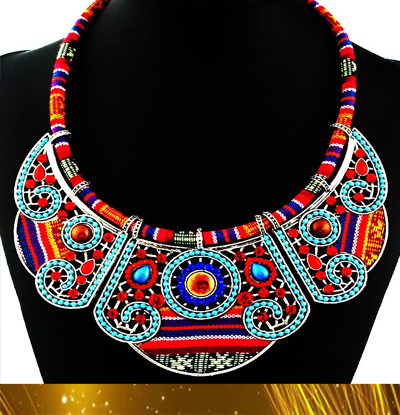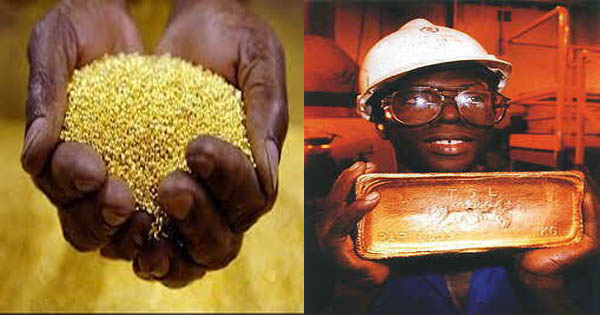
The methods of extracting gold by mercury, cyanide or others are very dangerous for the environment, miners and the population. Indeed, the gold industry must get active and put in place more ecological solutions or new methods which take these disadvantages into account. Admittedly, gold is a promising sector which brings in money. But, we must also take care of our planet, protect the inhabitants and our environment. What’s the point of being attracted by greed, if everything around us is dirty, polluted and the future of our children is in jeopardy. A word to the wise! Many researchers are actively working on greener solutions to extract gold or purify contaminated water. What are the different known solutions? What are the different methods that would allow us to extract less gold?
Gold mining: new greener solutions and methods
Gold mining methods
1. Mercury
 The gold industry uses mercury to extract gold from the sand of rivers. To obtain pure gold, its agglomerates are heated to a high temperature so that the mercury evaporates. The problem is that the toxic vapors of mercury evaporate and contaminate the air and our waterways. The result is catastrophic for the environment, people and health. Animals, men inhale these toxic vapors, toxic materials pour into lakes and streams. All of this ends up on our food chain.
The gold industry uses mercury to extract gold from the sand of rivers. To obtain pure gold, its agglomerates are heated to a high temperature so that the mercury evaporates. The problem is that the toxic vapors of mercury evaporate and contaminate the air and our waterways. The result is catastrophic for the environment, people and health. Animals, men inhale these toxic vapors, toxic materials pour into lakes and streams. All of this ends up on our food chain.
2. Cyanide
The cyanide or hydrocyanic acid salt process is standard in the gold industry. The gold extracted is immersed in the various operations, in an aqueous solution Cyanide. But, cyanide is a highly toxic chemical. The result is that the gold dissolves in this cyanide solution. But, for humans, cyanide oxygen circulates in the blood and leads to death.
Alternative solutions in the gold industry
The gold industry must make a very significant effort to finance research, in order to find solutions that would allow populations to live in a much safer world. They are responsible for doing everything possible to find greener solutions in their field of activity. They have a duty of responsibility for the millions of miners who seek gold in the mines, but also towards animals, the environment and ourselves. The gold industry brews millions, they would only be fairer if they invest in research to find new solutions to sustain their activity.
- Solution 1: Cornstarch extracts the gold
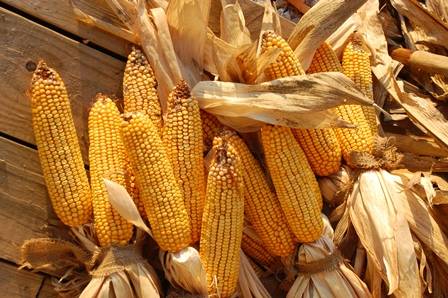
In the kitchen, cornstarch is used regularly. Thanks to him, the future of gold could be safer and less dangerous for the many workers in the mines. Until now, there have been no green solutions to deal with the gold industry. However, researchers from Northwester University have turned the corner. Indeed, they discovered, by a simple coincidence, that corn starch is just as effective as cyanide or mercury, for the extraction of gold.
Fortunately, a post-doctoral researcher Zhichang Liu wanted to mix two aqueous solutions. Zhichang had mixed a corn starch derivative with dissolved gold salt. More specifically, the first test tube contained a kind of sugar “alpha-cyclodextrin”, which resulted from the degradation of starch with bacteria, with another test tube filled with gold. Surprise, tiny needles have formed. Zhichang was saddened because he hoped to see small cubic structures, capable of storing gases or other molecules.
“At first, I was disappointed that my experience did not produce cubes, but when I saw the needles, I wanted to learn more about their composition,” said researcher Zhichang Liu in a statement released by his university. . This study was published in the journal Nature Communications.
“Zhichang came across the magic formula for isolating gold from anything else in an environmentally friendly manner,” said Fraser Stoddart, who supervised the research.
Going from sadness to joy, researcher Zhichang Liu had just found the miracle and ecological formula for extracting gold. These needles are an assembly of 4000 nanowires of gold ions, trapped by atoms, water and cyclodextrin.
In addition, the researchers used this technique on another mixture containing platinum or palladium. The sugar molecules succeeded in extracting 78% of gold and left the other metal. They work to purify gold with small pearls containing zinc, gold, copper or silver.
Here is a schematic representation of the needle-like structure:
1) Replacement of cyanide by cornstarch
This starch derivative extracts gold from the ore in a more ecological way. Cyanide is replaced by using starch from corn to extract heavy metal.
2) Use this technique to dissociate precious metal from electronic waste
This magic technique is very effective in separating precious metal from electronic waste.
The benefits of cornstarch
- inexpensive product
- affordable product
- it is a food compound
- not dangerous for humans
- biodegradable in nature
- ecological means
- relies on a non-toxic and inexpensive starch derivative
- dissociates precious metal from electronic waste
- replaces cyanide with cornstarch
Professor Fraser Stoddart of the Weinberg College of Arts and Sciences explains: “We have replaced harmful reagents (cyanide salts) with an inexpensive and environmentally friendly material. “
This is good news for the planet since it made a 1/3-ounce 18-carat cycle result in at least 20 tonnes of waste and 13 pounds of toxic emissions, according to data collected by Mother Jones. In addition, these emissions contain 5.5 pounds of lead, 3 pounds of arsenic, almost 2 ounces of mercury and 1 ounce of cyanide.
This solution is mainly used in laboratories. However, researchers are working to intensify the process for industrial use. With any luck, we may have found the Holy Grail of the gold industry. It will be a real blessing for the environment, the many miners and the population.
- 2: Borax method to extract gold for small scale miners
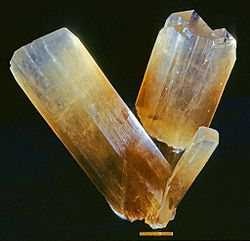
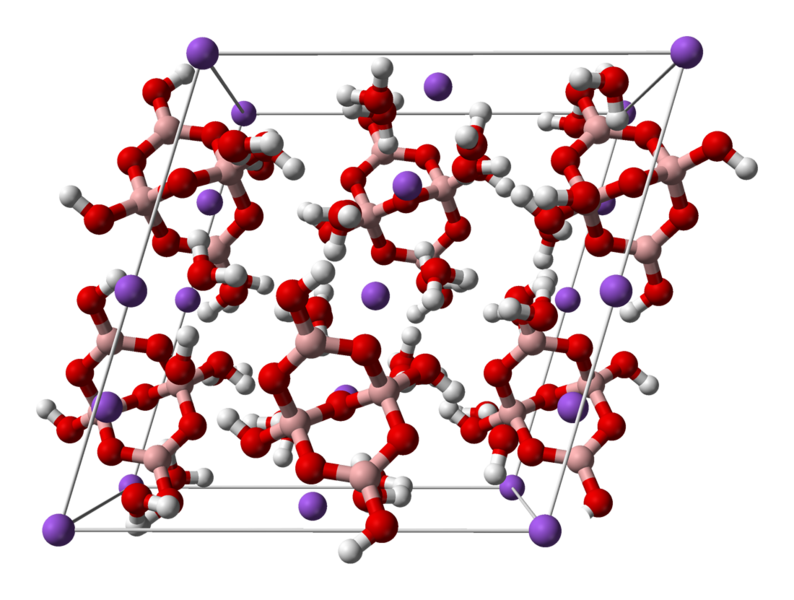
For or against, Borax is used to extract gold. It is the preferred method of miners to extract gold in small scale installations. It is widely used in the Philippines. We will try to unravel the Borax mystery. What is Borax? Is it really capable of extracting gold? How? ‘Or’ What ? Why ?
What is Borax?
Borax is a boron ore, of formula (Na2B4O7 • 10H2O), which occurs from the evaporation of seasonal lakes. It is white, transparent, painless, odorless and consists of crystals. Known since antiquity, under the name of bawraq or in Persian boûraq. In the household, for the manufacture of boric acid or sodium perborate, in nuclear reactors as a nitric absorbent, in insecticide, in the manufacture of fertilizers, of soap, Borax is on all fronts.
In the report from the International Journal of Toxicology, it states that sodium borate and boric acid, at concentrations of 5%, are safe as cosmeticingredients when used as currently recommended (not in food products) . However, cosmetic formulations containing no sodium borate or boric acid atthis concentration should not be used on the skin of the infant or injured. ”
Biologist Dr. Shirlee Tan (specializing in environmental toxicology, wildlife and cell and molecular biology) and Dr. Christiana Grim are very supportive of borax. They say Borax is safe at a low toxicity profile. They suggested for those in doubt to look in the Skin Deep database of the Environmental Working Group, looking at the material safety data sheets for the given chemicals (here, this is one for Borax) .
What is its main property?
The main property of Borax is to facilitate the melting of all metals. Borax is induced in vessels and crucibles, intended to melt precious metals, such as gold and silver. The advantage is that it is safer, easier to remove and with less loss after melting. Borax has the property of fading gold. This is why when using borax, you have to add nitre or ammonia salt to keep the gold in its natural color. By taking care, not to put them both, to avoid the detonation.
Where and when is borax used?
Historically, the first deposits, which used Borax, are those of Tibet. It is also used in Iran, Egypt, Bolivia, Mexico, Argentina, the Philippines (Benguet region of northern Manila, for more than 30 years). The Borax method is an artisanal technique of gold mining. As I said before, it is based on the fact that borax reduces the melting point of all ores. 1063 ° C is the melting point of gold. By adding borax to the heavy ore concentrate, the melting point temperature decreases. This process allows miners to melt the gold in their concentrate.
What do miners think of this method?
This method is considered a safe alternative against the use of mercury.
The advantage of this mineral.
-
- readily available
- cheap
- less dangerous than mercury for miners.
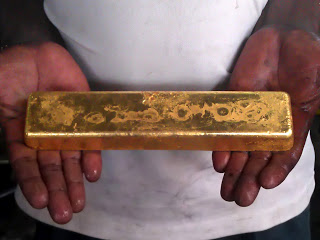
elow is a video that shows the method for extracting gold with borax:
[huge_it_video_player id=”34″]
In some mines, borax and mercury are used to extract gold. Everything is not yet won. Research must continue its studies on borax, by offering us a 100% safe formula for extracting gold. So that many miners never use mercury again.
- Solution 3: using bacteria to produce gold nuggets

Michigan State University researchers discover bacteria that produce pure gold. According to the researchers, the bacteria can survive in a toxic environment and create 24 carats of gold nuggets a day. Cupriavidus metallidurans has been used in the production of gold nuggets, simply by exposing it to large amounts of gold chloride. The bacteria engulf the gold chloride and leave behind solid gold. This shows that the waste of a bacteria can be the treasure of another organism.
“Microbial alchemy is what we do – transform the gold of something that has no value into a solid precious metal that is precious,” said Kazem Kashefi, assistant professor of microbiology and molecular genetics at Michigan State University.
In addition, researchers from McMaster University in Hamilton, Canada have also worked on this subject. They studied how the bacteria manage to solidify liquid gold.
They discovered the presence of two bacteria Cupriavidus metallidurans and Delftia acidovorans, which manage to survive, while soluble gold ions are normally toxic. Cupriavidus metallidurans was already known to researchers for its ability to accumulate tiny particles of gold. On the other hand, Delftia acidovorans does not work the first bacteria, but it solidifies gold from the outside, in a non-toxic form thanks to the molecule “delftibactin A”.
The ability to make gold was already known to researchers. However, the mechanism of production of this molecule was unknown. It takes a few seconds for the bacteria to make nanoparticles of gold. The bacteria does its job quickly, at room temperature and with a neutral ph process.
Delftibactin A, very effective in producing gold particles in industry.
We hope that this method can help calm the gold industry. They will no longer be forced to send poor miners, risking their lives, to extract gold.
- solution 4: Using plants to extract precious metal from the ground.
Called phytomining, some scientists use a technique of extracting gold through plants. Indeed, some international scientists have discovered that certain natural plants use their roots to extract heavy metals. Metals such as zinc, nickel, cadmium, gold are found in the roots, leaves or shoots. For a long time, scientists have studied these hyperaccumulator plants to fight against pollution.
Phytomining process – Mining gold with plantsChris Anderson, an environmental geochemist and expert in gold phytomining, at Massey University in New Zealand. 15 years ago, Chris Anderson demonstrated that it is possible to get mustard plants to suck gold from the soil.
How does technology work?
Chris Anderson explains that you have to find a fast growing plant with lots of above ground green masses, like mustard, sunflower, or tobacco. Then you have to plant them in the ground where there is gold. When the plant transpires, it takes up water from the gold in the soil, which accumulates in its biomass, settles on the tiny pores of these leaves. Then we harvest the plants. Anderson says getting the gold from the plants is the easiest part. The gold in plants is nanoparticles. Gold nanoparticles can be of great potential for the chemical industry because it is used as catalysts for chemical reactions.
The use of phytomining, gold can never take the place of artisanal mining. Anderson says. “The value of it is in the remediation of polluted mine sites,” he added.
“If we can generate income by cropping gold while cleaning up the soil, then that’s a good result,” said Anderson, who is currently working with researchers from Indonesia to develop a sustainable system for small-scale artisanal gold miners.
The case of eucalyptus:
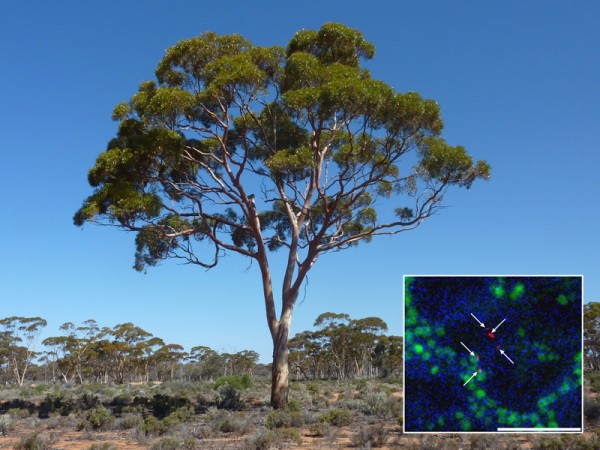
Australian scientists have discovered that the eucalyptus have discovered gold particles in the wood of the eucalyptus. The researchers undertook a study to unravel the mystery of this tree. They carefully studied the leaves, twigs and bark of eucalyptus. eucalyptus is a tree up to 10 meters high, found in the south and west of Australia. Through their study, the researchers knew that there were ancient explorations in these places. An X-ray analysis reveals the presence of gold particles of about 8 microns (millionths of a meter) in the cells of the eucalyptus. The experiments revealed that these particles were absorbed by the roots of the trees, before being transported to the leaves where the concentrations are higher. Research reveals that the eucalyptus is able to fetch gold more than 35 meters deep while they are looking for water during dry periods.
“We were amazed at the ability of eucalyptus trees to raise gold on a path that is the equivalent of a ten-story building,” said Melvyn Lintern, geochemist at the Commonwealth Scientific and Industrial Research Organization, in Australia quoted by LiveScience.
However, the amount of gold present in eucalyptus is extremely small. It would take 500 eucalyptus trees, growing above a gold deposit, in order to harvest a lot of gold. The scientist explains that the eucalyptus could serve as a benchmark. They could be used to identify where gold deposits are located, depth by miners. Melvyn Lintern explains that this would be a way to avoid wasting time, money and human resources chasing the precious metal over large areas. For more than 10 years, discoveries of new gold deposits have fallen by 45%.
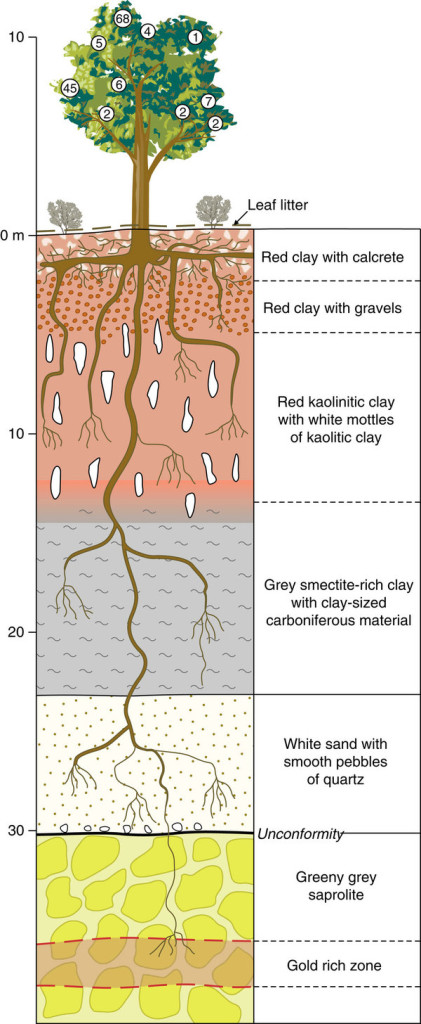
-
- Solution 5: Purify contaminated water from the gold industry

Mining is responsible for a lot of inconvenience to the planet. There are various alternative solutions for purifying contaminated water.
Gold is a metal, coveted both by the luxury industry, but also by the electronics sector. Recycling can be a solution to recover precious metals. We will deal with this subject soon. What is the issue of recycling? Where is gold in the electronics industry? How to recover gold from a cellphone, pc or other?
